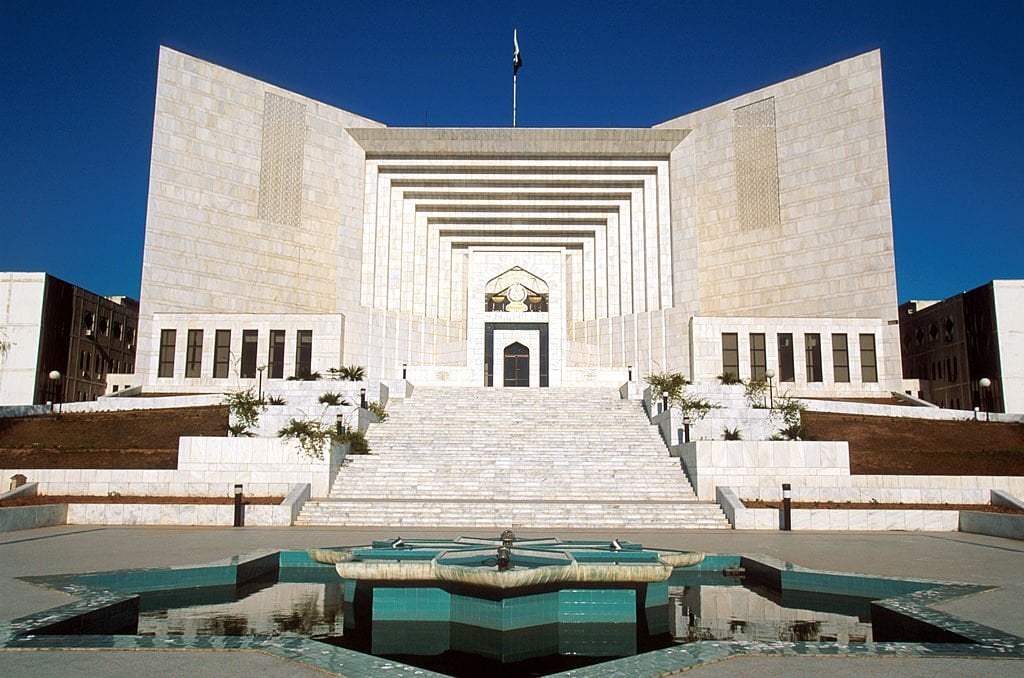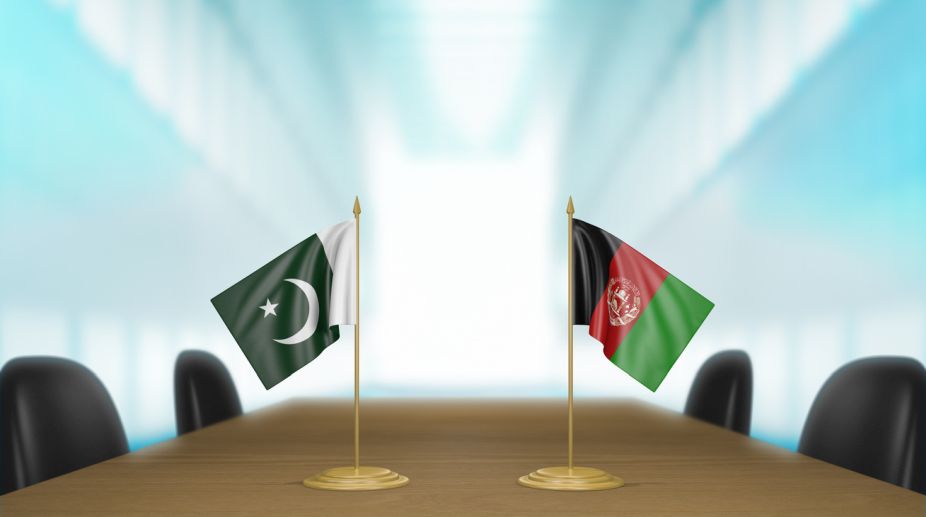Editorial
Pakistan’s recent economic stabilization, lauded by global investors as a “good story,” risks becoming another episode in its historical pattern of boom-and-bust cycles if deeper structural issues remain unaddressed. International analysts have recognized Pakistan’s fiscal turnaround, with some even deeming the country no longer risky enough for frontier investment. However, behind this optimism lies a complex web of economic fragility.
While macroeconomic indicators such as a narrowing current account deficit and declining inflation offer hope, the underlying imbalances—such as persistent fiscal deficits, structural inefficiencies, and mounting public debt—pose serious risks. Analysts rightly caution that Pakistan’s economic vulnerability stems more from internal weaknesses than from external geopolitical tensions.
Crucially, history suggests that Pakistan’s reforms often lose momentum once stability returns. The current wave of euphoria must not distract policymakers from essential reforms. The country’s energy sector continues to struggle with unsustainable circular debt. Tax base stagnation—especially in agriculture and high-earning sectors—exacerbates fiscal strain. Privatization efforts are consistently delayed for political reasons, while public sector inefficiencies drain national resources.
More worrying is the rising poverty rate. An estimated 42.3% of Pakistan’s population lives below the lower-middle-income poverty line—a figure that has increased in recent years, contrasting sharply with regional peers who are steadily reducing poverty through sustained growth.
The World Bank stresses that consistent economic growth above 6% is required to alleviate poverty, yet Pakistan’s projected GDP growth hovers around 2.6% in FY25, barely improving in subsequent years. Structural constraints, weak governance, and a lack of political will remain binding constraints on growth.
Pakistan now stands at the threshold of opportunity. To avoid another bust, it must institutionalize reforms, broaden its tax base, curb political populism, and foster an investor-friendly, export-driven economy. The path to sustainable prosperity remains narrow—but not yet closed.













